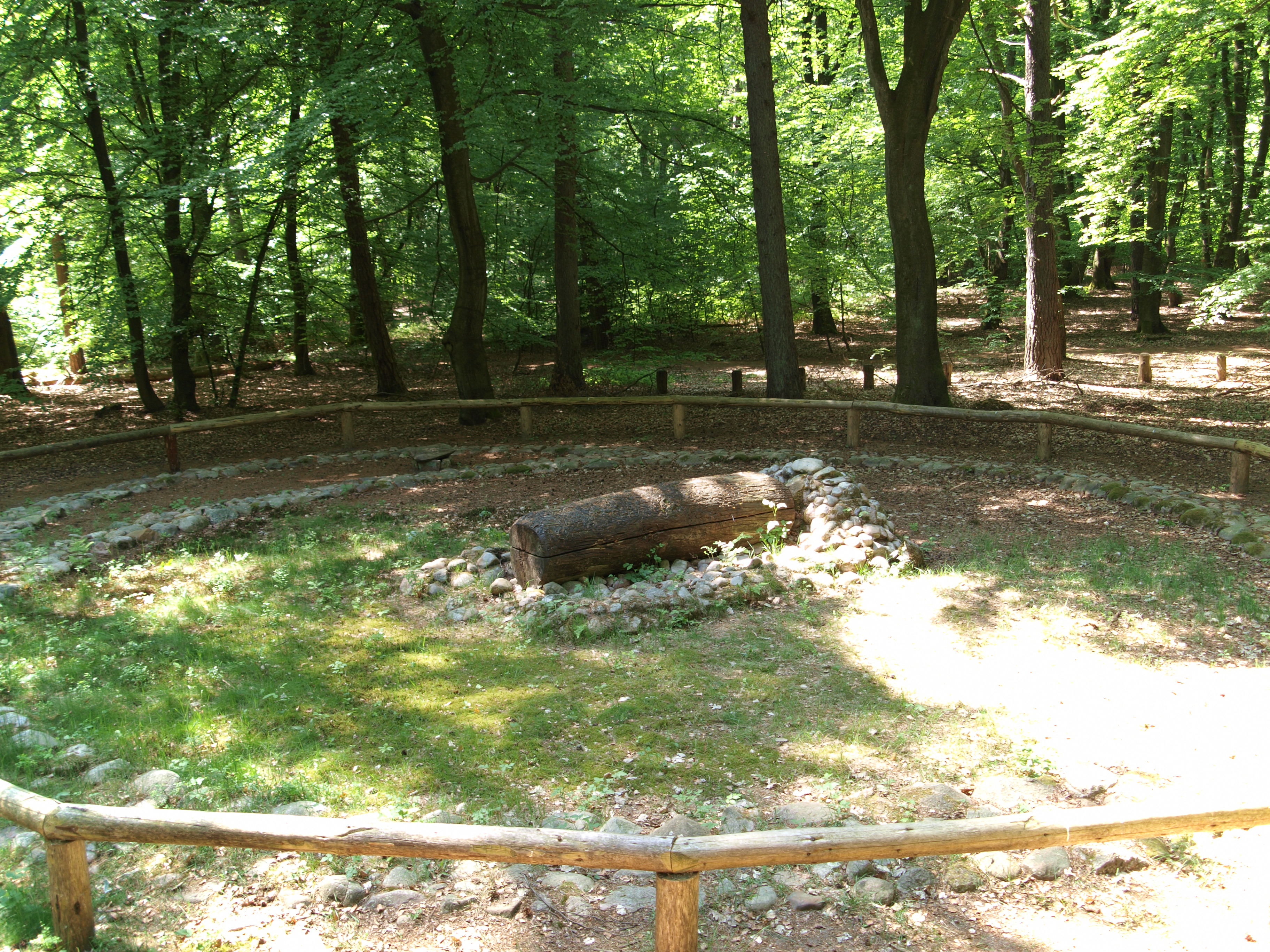|
Secondary Burial
The secondary burial (German: ''Nachbestattung'' or ''Sekundärbestattung''), or “double funeral”Duday, Henri, et al. The Archaeology of the Dead: Lectures in Archaeothanatology. United Kingdom, Oxbow Books, 2009. (not to be confused with double burial in which two bodies are interred together) is a feature of prehistoric and historic gravesites. The term refers to remains that represent an exhumation and reburial, whether intentional or accidental. Examples of secondary burial are known from the Paleolithic period, (including the Middle Paleolithic Mousterian culture and the Upper Paleolithic Magdalenian culture)Orschiedt, Jörg. "Secondary burial in the Magdalenian: the Brillenhöhle (Blaubeuren, southwest Germany)." PALEO. Revue d'archéologie préhistorique 14 (2002): 241-256. and continuing through the Mesolithic periodGrünberg, J. M., et al. "Mesolithic burials—Rites, symbols and social organisation of early postglacial communities." Halle, Congresses of the State M ... [...More Info...] [...Related Items...] OR: [Wikipedia] [Google] [Baidu] |
Arch Wanderpfad Fischbeker Heide Station 09
An arch is a vertical curved structure that spans an elevated space and may or may not support the weight above it, or in case of a horizontal arch like an arch dam, the hydrostatic pressure against it. Arches may be synonymous with vaults, but a vault may be distinguished as a continuous arch forming a roof. Arches appeared as early as the 2nd millennium BC in Mesopotamian brick architecture, and their systematic use started with the ancient Romans, who were the first to apply the technique to a wide range of structures. Basic concepts An arch is a pure compression form. It can span a large area by resolving forces into compressive stresses, and thereby eliminating tensile stresses. This is sometimes denominated "arch action". As the forces in the arch are transferred to its base, the arch pushes outward at its base, denominated "thrust". As the rise, i. e. height, of the arch decreases the outward thrust increases. In order to preserve arch action and prevent collapse ... [...More Info...] [...Related Items...] OR: [Wikipedia] [Google] [Baidu] |
